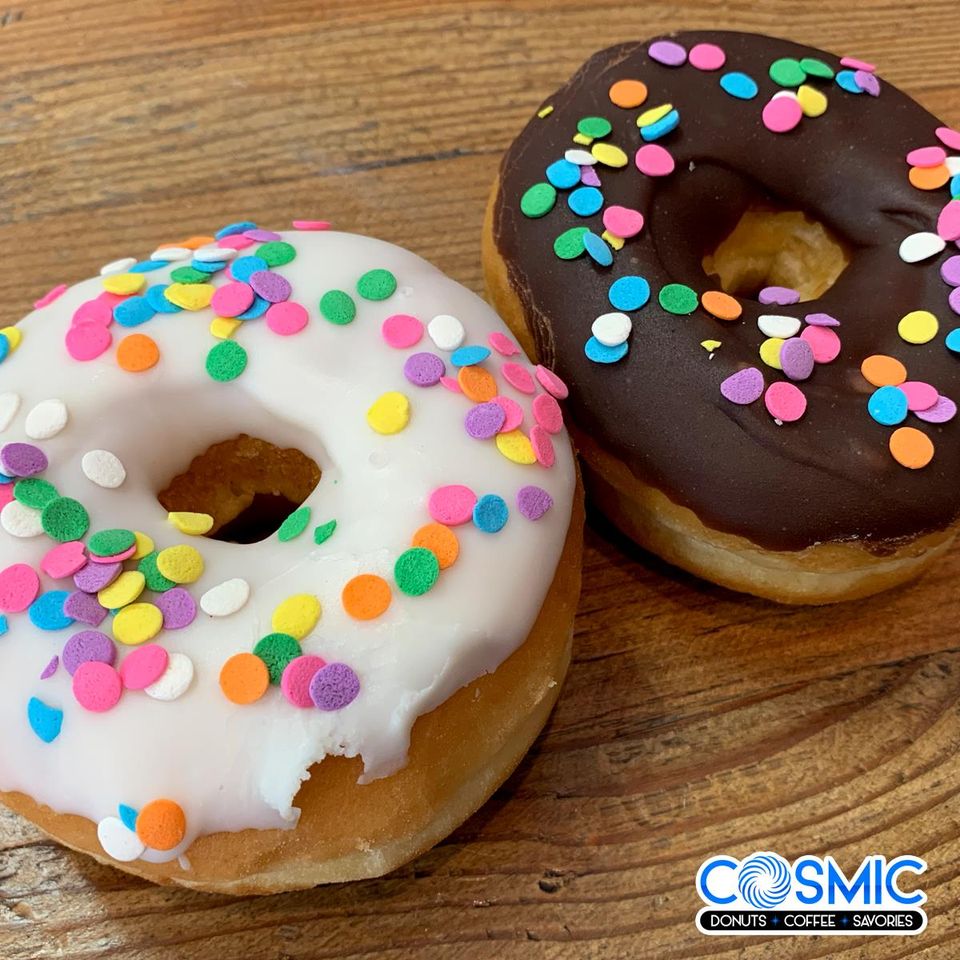


For instance, cybercriminals can steal and sell this information, making it available to others.

While this information might not have been used by Tim Hortons, we must consider the unintended consequences of data collection. Popular science frequently fixates on terrific and terrifying features of these systems. For many, AI is still the purview of science fiction. We cannot assume that users understand the implications of the agreements that reflect a single click or that companies fully understand the implications of data collection, storage and use. It can outpace our understanding of their operations. But, when people are converted into data, novel social and ethical issues emerge due to unqualified trust. Without trust, we would need to check and recheck the input, operations and output of these systems. Domestic technologies - mobile phones, smart TVs, robot vacuums - present an acute problem because we trust these systems without much reflection. The Tim Hortons case illustrates our growing entanglement with artificial intelligence (AI) that reflects the backbone of seemingly benign apps.ĪI has permeated every domain of human experience. What is jarring to many is the perceived violation of trust that has traditionally been given to this parbaked Canadian institution. Users have likely become numb to the collection of behavioural traces to create big data sets, a kind of learned helplessness. Many are not surprised by the data collection practices themselves. The joint report has met with both overtly negative and cynical responses on social media. While the OPC’s report notes that “Tim Hortons’ actual use of the data was very limited,” it concluded that there was no “legitimate need to collect vast amounts of sensitive location information where it never used that information for its stated purpose.” This report follows on the heels of the OPC’s concerns over the government’s use of mobile phone data during the pandemic. The year after the seemingly benign app was updated in May 2019, a journalist’s investigation found that the app was collecting vast amounts of user location data that could be used to infer their place of work and home, as well as their mobility patterns. This advertisement has not loaded yet, but your article continues below. Manage Print Subscription / Tax Receipt.


 0 kommentar(er)
0 kommentar(er)
